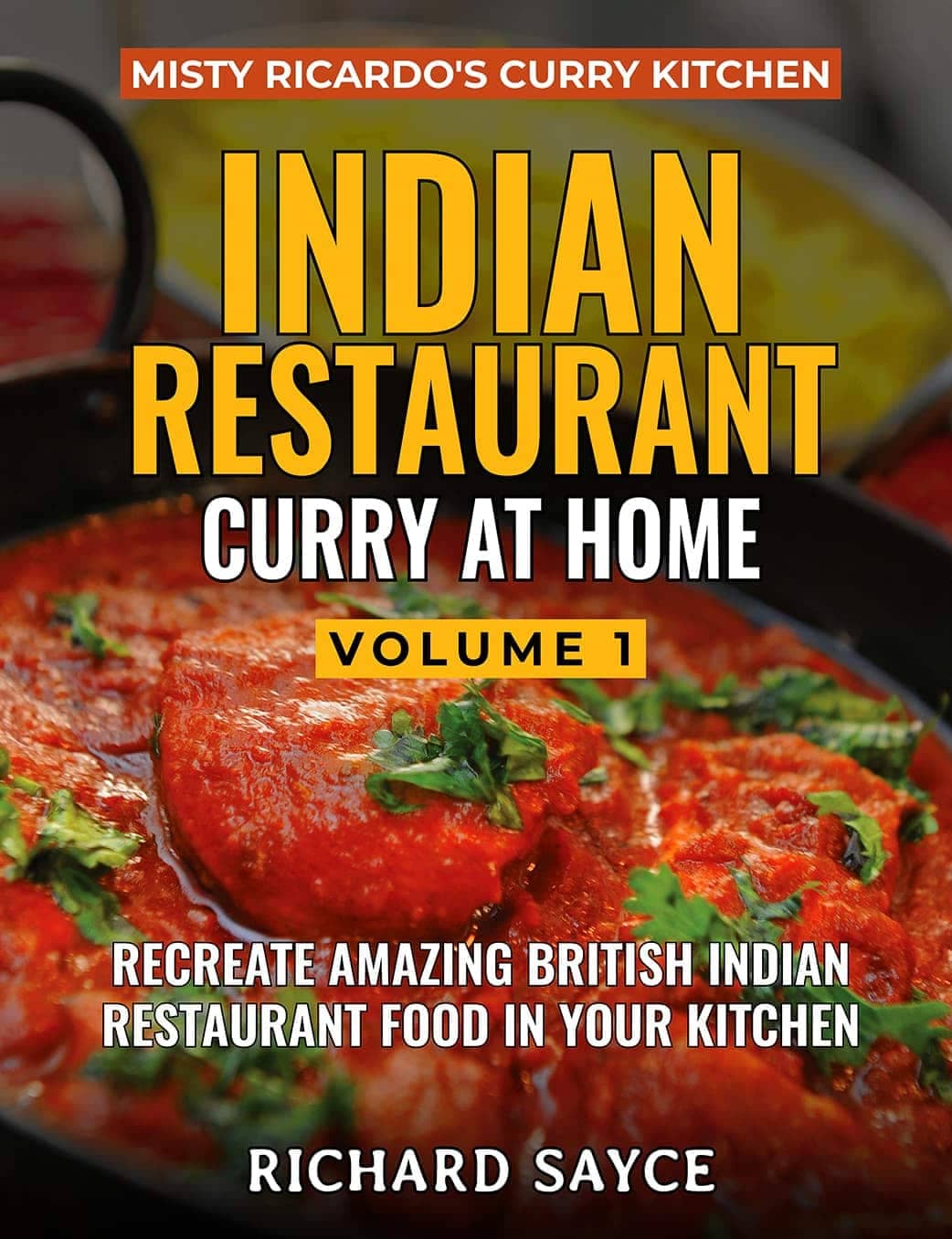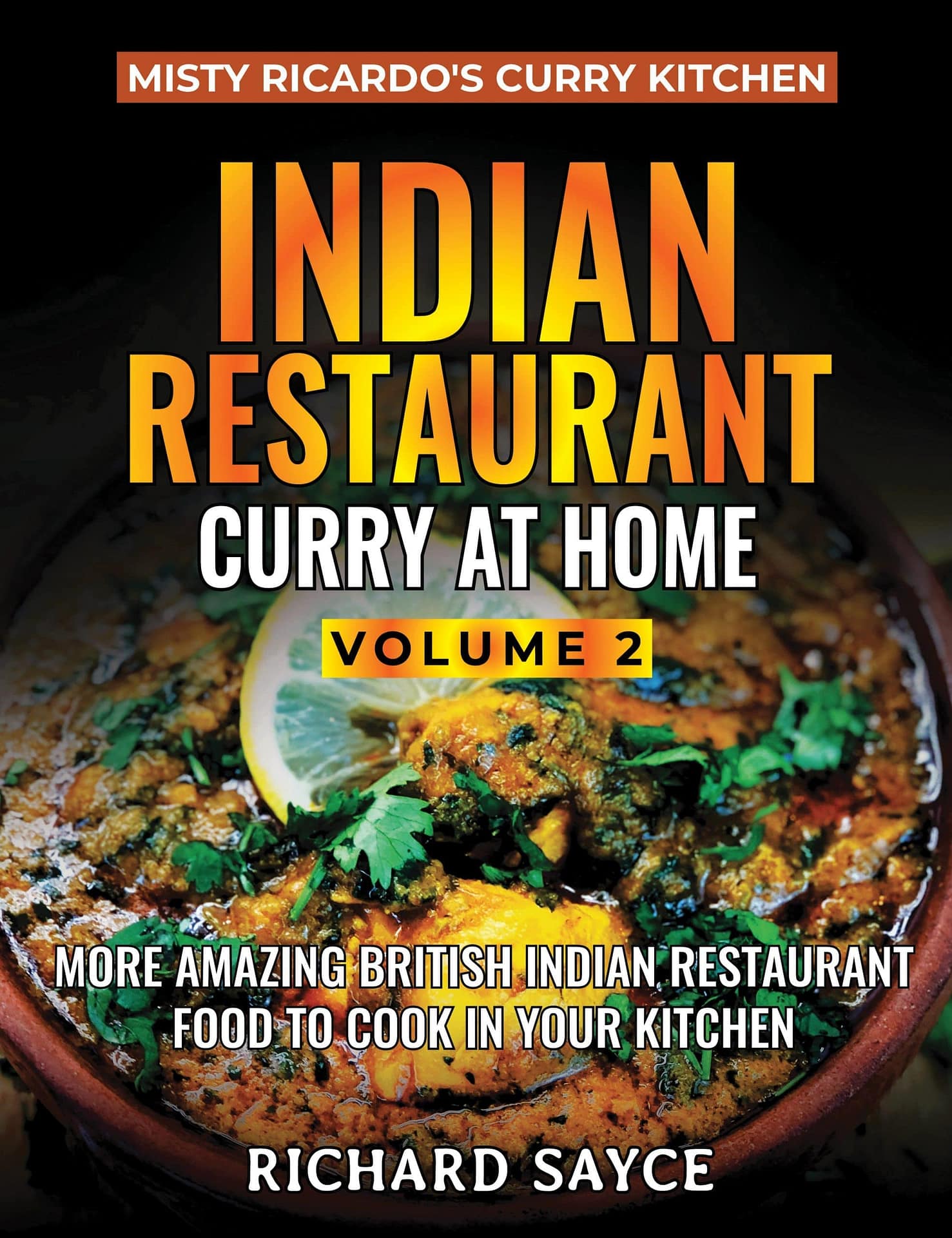Bunny Chow Recipe:
Bunny chow originates from Durban, South Africa, where the immigrant Indian population invented a cheap street food meal during hard economic times. Originally vegetables were mostly used instead of meat, but the modern bunny chow is typically a spicy lamb curry with lots of gravy served inside half a loaf of bread, accompanied by a pickled carrot salad. For the more authentic experience eat with hands only, using the scooped-out bread as a dip.
I hesitate to use the word ‘dish’ to describe bunny chow. It’s less elegant than that and takes pride in being messy. So, what’s with the name? There is absolutely no connection with rabbits. A popular theory is that Indians from the Bania caste created the ‘dish’ to serve as an easy to carry takeaway, which was passed through café windows to those excluded from entering the premises.
This recipe will make enough curry to feed three to four people. Feel free to experiment with the size and the type of bread you serve it in – half a large loaf will most likely be too big a serving size for one person unless shared (that would get messy!).
This recipe is from my cookbook CURRY COMPENDIUM, and is also in my second book, INDIAN RESTAURANT CURRY AT HOME VOLUME 2. All my books are available in both physical and kindle formats.
INGREDIENTS
- 125ml Oil, Ghee, or a combination
- 2 Asian Bay Leaves (Tej Patta). European Bay Leaves can be used instead
- 10cm Cassia Bark
- 1 Star Anise
- 1 tsp Cumin Seeds
- 1 tsp Black Mustard Seeds
- 1 tsp Fennel Seeds
- A small handful of fresh Curry Leaves, crushed (optional, see Notes section)
- 300g Onion, chopped (approx. 3 medium-sized ones)
- 20g Garlic Cloves, minced or very finely chopped (about 6 cloves)
- 10g Ginger, also minced or finely chopped
- 1 tsp Turmeric
- 1 tsp Coriander Powder (freshly toasted and ground from seeds)
- 3 tsp Curry Powder (e.g. mild Madras)
- 1 tsp Cayenne Pepper or Extra Hot Chilli Powder
- 2 tsp Kashmiri Chilli Powder
- 1½ tsp Salt
- ¼ tsp Black Pepper (freshly ground)
- 400g Lamb diced into 2-3cm cubes, with any spare bones. Mutton, goat, or beef can be used instead. Come to think of it, so can rabbit
SPACEHOLDER
- Half a 400g tin of Plum Tomatoes or 200g of fresh ones
- 3 TBSP Tomato Purée (double concentrated)
- 4-6 TBSP fresh Coriander Stalks, finely chopped
- 2-3 Green Chillies, finely chopped (optional, to taste)
- 100g Potato, peeled and diced into small cubes (approx. half a medium one)
- 200-300g additional Vegetables (optional). For example, a handful of sliced carrot, aubergine, courgette, green beans, red pepper, cauliflower, chickpeas, etc.
- 200-250ml Water
- 1 Loaf of White Bread, unsliced and cuboid shaped, or crusty cob rolls if serving smaller individual portions
For the Carrot Salad:
- 1 medium large Carrot, grated
- ½ small-medium Onion, very finely chopped
- ½ Tomato, chopped
- Coriander Leaf, handful, very finely chopped
- 1-2 TBSP Vinegar of decent quality
- 1 Green Chilli, very finely chopped (optional)
METHOD
- Add the oil/ghee to a large pan (I suggest one of 4-5 litre minimum capacity) on medium heat.
- Add the bay leaves, cassia bark and star anise, and stir into the oil for 30 seconds. Then add the spice seeds (cumin, mustard, and fennel) and stir frequently until the mustard seeds start popping.
- Then add the chopped onion. Stir from time to time until the onions soften, turn translucent, and begin to brown (about 5-6 minutes). If the onions start to stick to the bottom of the pan add a little water and de-glaze the surface.
- If you are using the curry leaves add them now. They should start crackling quite quickly.
- Now throw in the minced garlic and ginger and cook for a further few minutes, stirring frequently.
- Next add the turmeric, coriander powder, curry powder, cayenne/chilli powder, Kashmiri chilli powder, salt, and black pepper. Mix well and cook for a couple of minutes, stirring diligently. If the spices start sticking to the pan, add a splash of water to deglaze and to allow the spices longer to cook through correctly for that time.
- Slam the lamb in the pan and fry for a couple of minutes more, coating the lamb well and letting it brown a little. Also add any lamb bones you have spare to improve the flavour of the dish.
- Slosh in the plum tomatoes, tomato ketchup, and the fresh coriander stalks. Mix well again.
- Add the potato cubes, 200-250ml water, and the optional green chilli and/or other vegetables.
SPACEHOLDER
- One further mix, then turn heat to low, cover the pan and leave to cook for 1-1½ hours, or until the lamb is tender. The sauce should not be thick, so add a little water to ensure a thinnish consistency.
- You want the sauce to soak into bread and ooze out if you make a hole in the side.
- Taste and add extra salt and/or sugar to taste. A dollop of mango chutney works very well in place of sugar.
- Remove the whole spices and bones (if using) and stir in a handful of chopped fresh coriander just before serving.
- Now for the weird bit (if you are not familiar with bunny chow). Slice the bread loaf 4-5 inches from one end, so you get a square(ish) chunk with the crust at one end.
- Place the loaf crust end down and scoop out enough of the inner bread to leave a generous hole, but keep the inside thick enough to soak up the curry without falling apart.
- Spoon or ladle the curry into the hole until brimming. Serve with a carrot salad (see below) and some of the bread that was scooped out.
- Eat, using the bread topping to dip in. Cutlery is not allowed – that would just be silly!
- For the carrot salad, mix together the grated carrot, onion, tomato, coriander, vinegar, and optional green chilli. Be careful not to overdo the vinegar.
NOTES
- All spoon measurements are level (1 tsp = 5ml, 1 TBSP = 15ml).
- For a sensible and individual-sized portion, use a large crusty cob roll instead of a loaf.
- Use fresh curry leaves for this in preference to dried. The fresh variety has so much more flavour. Curry leaves can be expensive and hard to get hold of, which is why I’ve listed them as optional.
- No rabbits need be harmed during the production of this recipe.
- Please visit the Misty Ricardo’s Curry Kitchen YouTube Channel for lots of Indian recipes.






0 Comments